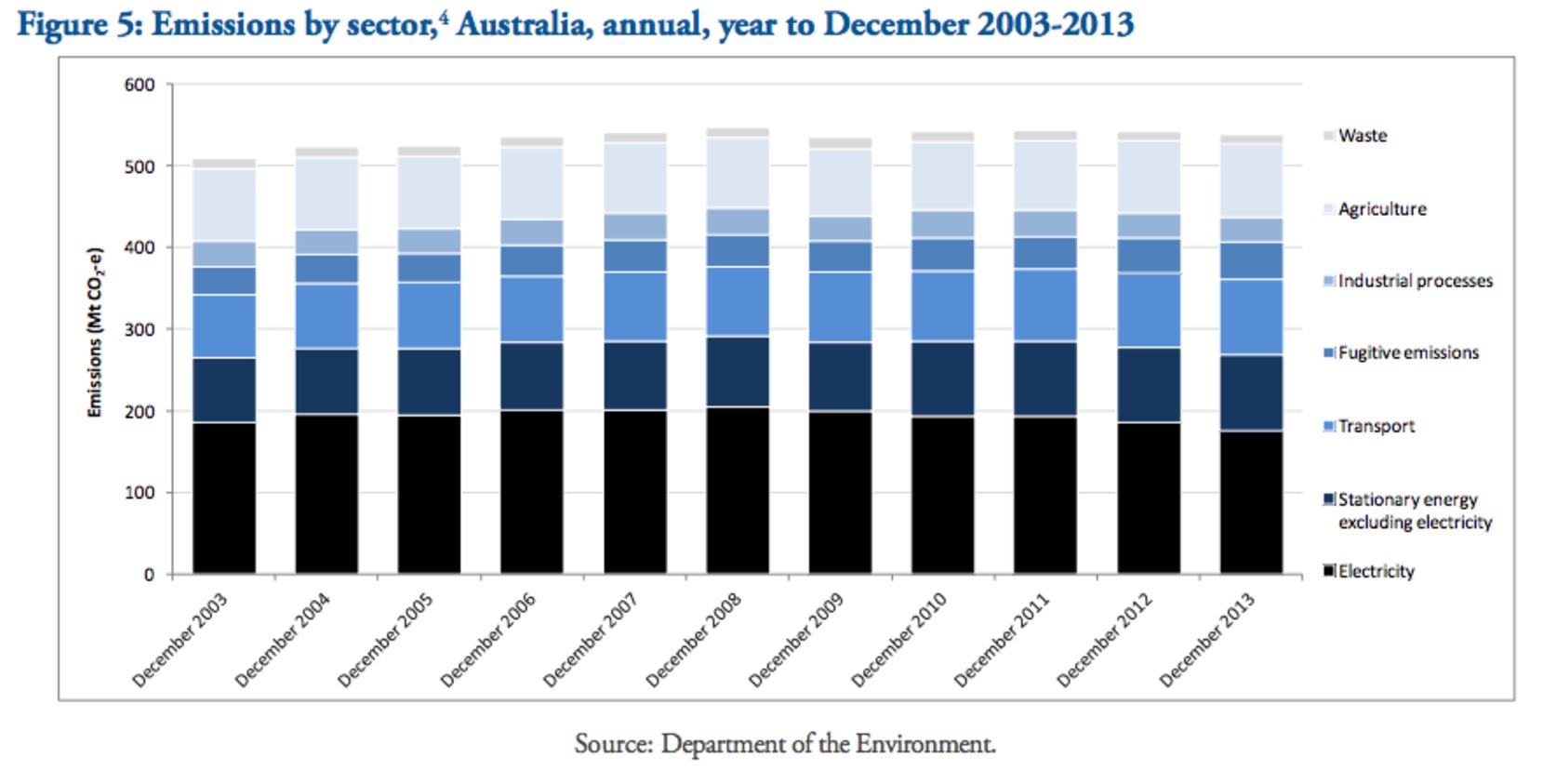Well worries given weight in gas study
 Research says leaks from Australian coal seam gas (CSG) wells are much less severe than leaks in the US, but they are still a major source of carbon emissions.
Research says leaks from Australian coal seam gas (CSG) wells are much less severe than leaks in the US, but they are still a major source of carbon emissions.
The risk of leaks is one of the biggest questions raised as CSG wells spring up around the country.
Fears of damage to plants, animals and water tables have been raised by conservation groups, and a new study by CSIRO shows just how bad the “fugitive emissions” can be.
The study shows that leaking gas wells are a significant source of harmful emissions, responsible for more man-made carbon content than industrial processes are.
The study was commissioned by the federal Department of the Environment, and results have been published on its website.
It also marks the first time Australian gas wells have been compared to those in the US.
CSIRO researchers measured emissions around 43 coal seam gas production wells – six in New South Wales and 37 in Queensland.
It is just a small slice of the more than 5000 wells currently operating around Australia.
The results brought some interesting findings, include:
- nearly all of the 43 wells tested showed some fugitive emissions;
- emissions rates were low - less than 3 grams of methane per minute, or equivalent to methane emissions from around 30 cows;
- in many cases, harmful emissions can actually be reduced or stopped entirely;
- the average levels measured from Australian wells were 20 times lower than figures in a study of fugitive emissions from US unconventional gas sites
The findings are discussed in detail by authors of the report, writing for The Conversation.









 Print
Print